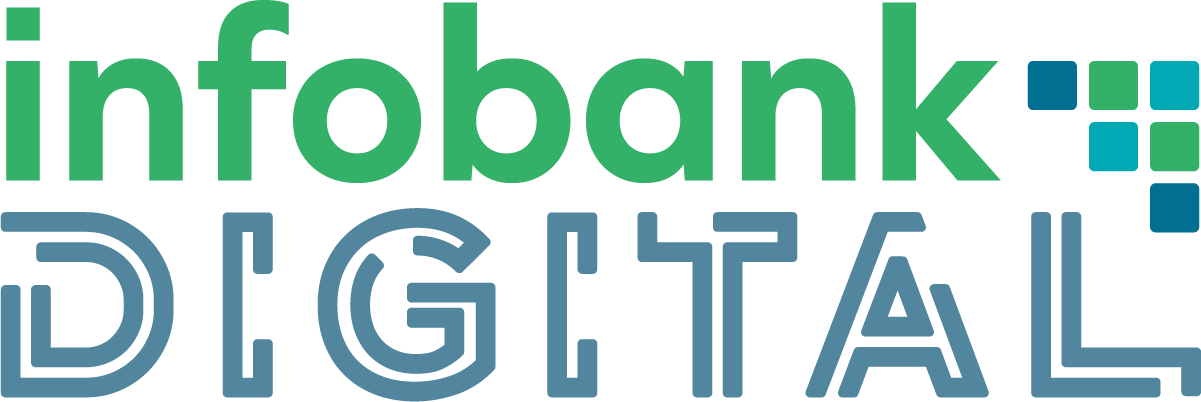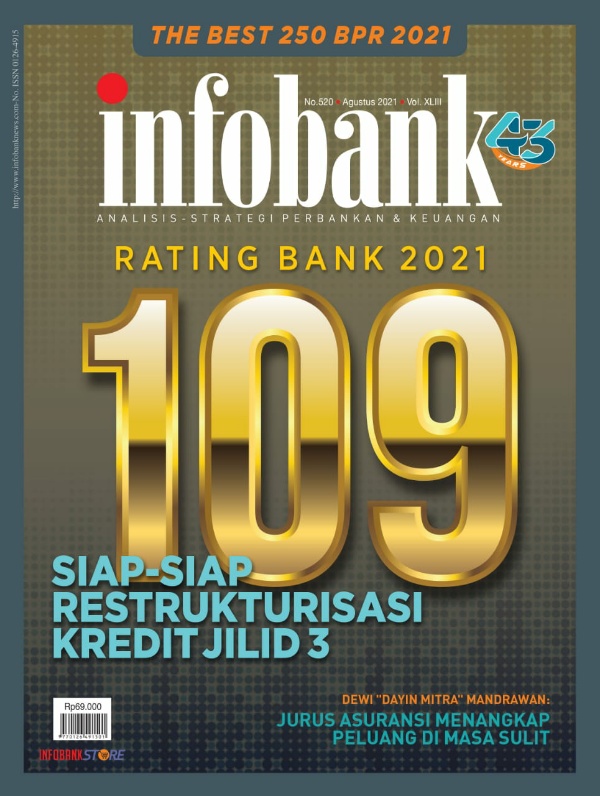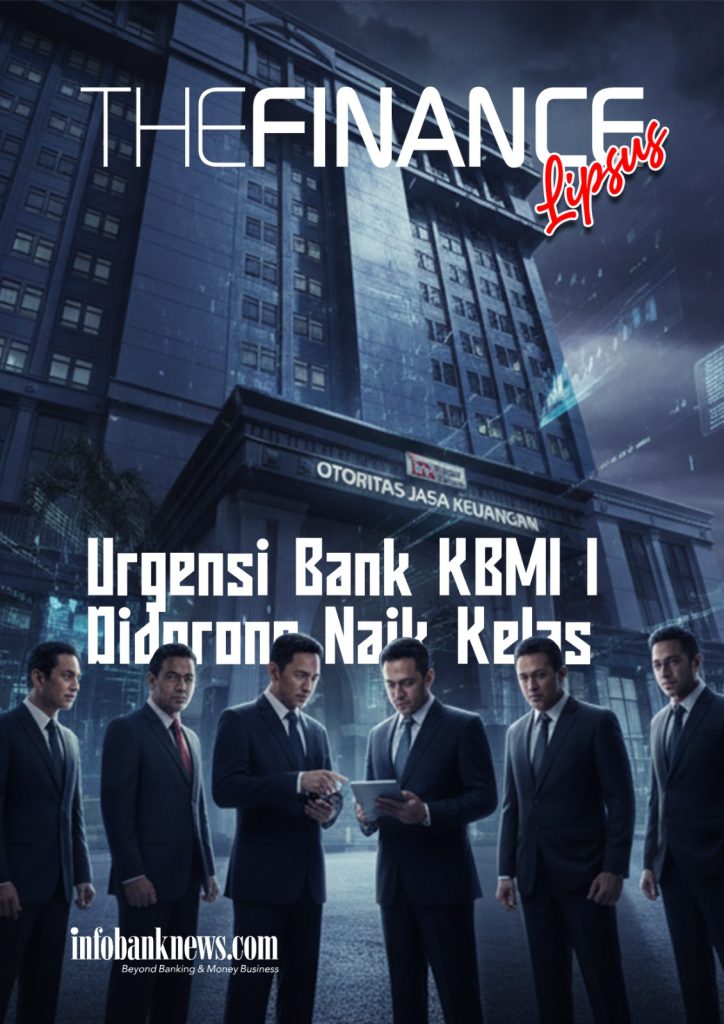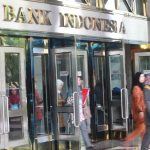BANKERS are still being tested and there is no certainty when the test will be ended. In June, bankers actually began to see the light in the dark alley of the pandemic that has occurred since March 2020. As reported by Bank Indonesia (BI), since June, banking credit has begun to rise slightly by 0.40% to Rp 5,572.80 trillion.
Unfortunately, the hope for the continuity of credit growth is in danger. The rate of transmission of COVID-19 has skyrocketed since the end of June, so the Government must make a policy of implementing the emergency restrictions for community activities (PPKM) throughout July. There is no certainty whether the restrictions will be continued in August (and the following month/s) or not. There is no certainty, too, on what level of restrictions the Government will apply the policy. If the tight restrictions are implemented in many areas, it will certainly weaken the real sector which will have a direct impact on credit demand. Banks which in 2020 were busy reporting credit declines are also threatened with obstacles to print credit growth in the 2021 calendar. The next threat is the increase in non-performing loans (NPLs) which have become a time bomb because they have been helped by the credit restructuring policy since March 2020 until now.
According to the Infobank Research Bureau, the banking industry’s credit in 2020 is contracted 2.21% or the first minus growth since the 1998 monetary crisis. There are only 51 banks that still recorded credit growth last year. In terms of asset quality, although, non-performing loans (NPLs) are still safe in the industry at 3.06%, credit at risk (LAR) has shown an upward trend since last year. Banking LAR increased from 11.98% in 2018, 12.93% in 2019, 22.65% in 2020, and 23.71% as of February 2021. There are 17 banks that have to work harder to tame NPLs which were 5% last year.
Meanwhile, industrial profit growth fell 34.18%. There are 45 banks managed to record profit growth. Meanwhile, 15 banks have experienced losses; six of them have been in the situations since 2019. In fact, a number of banks have been losing money for more than two years, such as Bank IBK Indonesia, which has been losing money since 2017, Bank Artos, which has been losing money since 2015, and Bank Banten, which has been losing money since 2014. The condition makes the bank’s capital eroded.
However, Bank IBK has a quite good foundation because the owner has injected capital of Rp 592 billion so that its core capital becomes Rp 1.86 trillion and its capital adequacy ratio (CAR) increased to 30.49%. The same condition happens to Bank Artos. Investors see the bank as a bank that has an attractive prospect after it is bought by Jerry Ng and Patrick Waluyo and then turned into a digital bank under the name Bank Jago. Although its financial performance is still disappointing, Bank Jago’s stock price valuation has soared until it is debated by the public. The value of the shares increased from Rp 2413 as of early December 2020 to Rp 16350 as of July 23 (when this article is being written).
The position of Bank Banten is also better than the previous period because Provincial Government of Banten as the shareholder has injected capital and appointed new management three months ago. After being declared as a healthy bank by the Financial Services Authority (OJK) in May 2021, Bank Banten is optimistic that it can end losses that have been experienced for seven consecutive years.
However, the desire of banks to create a turn-around in 2021 is still haunted by the COVID-19 pandemic. Although the vaccination program has been implemented, there are still crisis. According to a study by Infobank Research Bureau entitled Rating 109 Bank 2021, there are a number of factors that affect banks performance until the end of this year.
The First, the cash flow of entrepreneurs who are still pressured by the uncertain condition of the pandemic affects banking income. Interest income will still decline if credit growth is restrained. As of April 2021, when credit was still declining by 8.64%, interest income was decreased 3.24%. Last year, when credit was contracted 1.89%, interest income was decreased 4.85%. There were only 31 banks that still recorded interest income growth. Meanwhile, operating income other than interest grew 8.76%, which was contributed by 68 banks which recorded growth in operating income other than interest.
The Second, the number of non performing loans has the potential to increase because new credit disbursement which is expected to increase outstanding credit and increase the comparator does not occur. The increase of non performing loans is also certain to occur when the relaxation of the credit restructuring policy ends in March 2022. That is the time where about 20% of the restructured loans are predicted to become non performing loans.
Anticipatory measures have also been shown by banks by strengthening their previous year’s reserves. Allowance for imp0airment losses (CKPN) for the banking industry, which amounted to Rp 170.65 trillion in 2019, increased by 83.42% to Rp 313.01 trillion in 2020 and continues to increase to Rp 334.78 trillion as of April 2021. The ratio of CKPN loans to total loans has changed from 2.88% in 2019 to 5.35% in 2020.
The Third, the level of efficiency is a determinant of the bottom line of a bank’s financial performance when the bank’s income is decreased, resulted to the continuity of the closure of the bank’s office network. Before the pandemic, many customers had switched to digital transactions and at the same time the number of commercial bank office networks continued to decrease from 31,604 units in 2018, to 31,123 units in 2019, reduced again to 30,733 units in 2020 and 29,780 as of April 2021.
The Fourth, the abundance of liquidity and the shortage of credit have made banks compete to reduce the cost of funds. The ratio of lowcost funds consisting of current accounts and savings accounts or CASA to third party funds (TPF) continued to increase from 54.02% in 2017 to 54.20% in 2018, then rose to 55.12% in 2019 and 57.49% in 2020 and as of April 2021 to 58.37%. Last year, there were 11 banks that threw away expensive funds so that TPF decreased but increased CASA. Unfortunately, there are 33 banks that experienced a decline in lowcost funds.
The Fifth, since the banking industry no longer enjoyed credit growth of above 20% in 2014, banks are trying to boost non-interest income. The indicator can also be seen when the contribution of interest income to total bank income continues to decrease from 74% in 2018 to 72% in 2019. In 2020, when interest income fell 4.85% from Rp 717.80 trillion to Rp 683.01 trillion. Banking sector grew 8.76% from Rp 150.50 trillion to Rp 163.68 trillion. The contribution of interest income to total banking income has also shrunk to 66% in 2020 and only 50% as of April 2021.
The Sixth, capital is an important factor for a bank’s success. Before COVID-19 pandemic, OJK had encouraged banks and financial institutions to strengthen capital. All banks must meet a minimum core capital of Rp 3 trillion by 2022 and by the end of 2021 must have a minimum core capital of Rp 2 trillion.
Capital capacity is very important to strengthen the bank’s stance in anticipating the risk of worsening economic condition caused by the COVID-19 pandemic which lasts for a long time and affects credit quality. Adequate capital is also needed by banks to face competition and maintain sustainability, banks must be able to invest in technology infrastructure and expand with a competitive operating system in a highly changing market.
The aforementioned six factors are important to be considered by banks. That is a way for the banks to respond to the economic uncertainty caused by the COVID-19 pandemic. Although the Government is optimistic by setting the 2021 economic growth at 6% to 7%, banks must have a strong stance to deal with various risks, including the worst economic condition. The relaxation of the credit restructuring policy ends in March 2022 and if it is not extended by OJK, banks must have strong protectors in order to be able to survive in the rampant non performing loans. (*)













